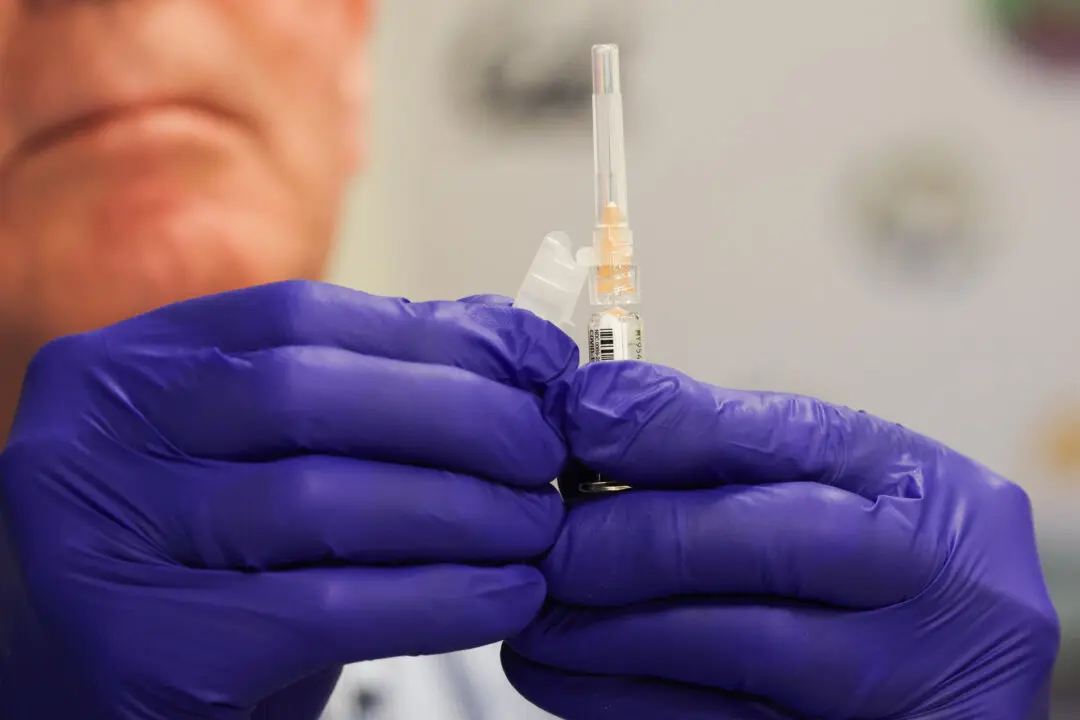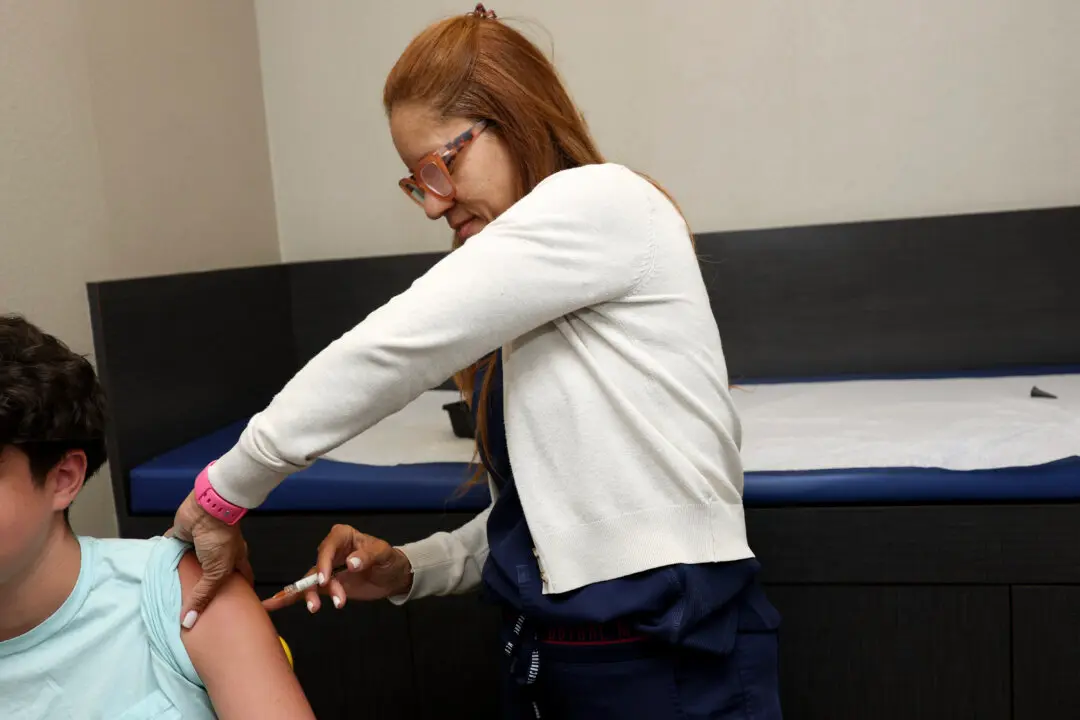The preclinical data for the just-authorized COVID-19 booster shots are based on just mice, not humans, because U.S. authorities believe waiting for human trial data would have made the updated boosters outdated.
The data for Pfizer’s booster was based on just 8 mice, Pfizer scientists told the U.S. Food and Drug Administration’s (FDA) vaccine advisory panel in June. The data for Moderna’s booster was based on 16 to 20 mice, some of which received the original booster, according to a presentation slated to be delivered to the U.S. Centers for Disease Control and Prevention’s (CDC) advisory panel on Sept. 1.





